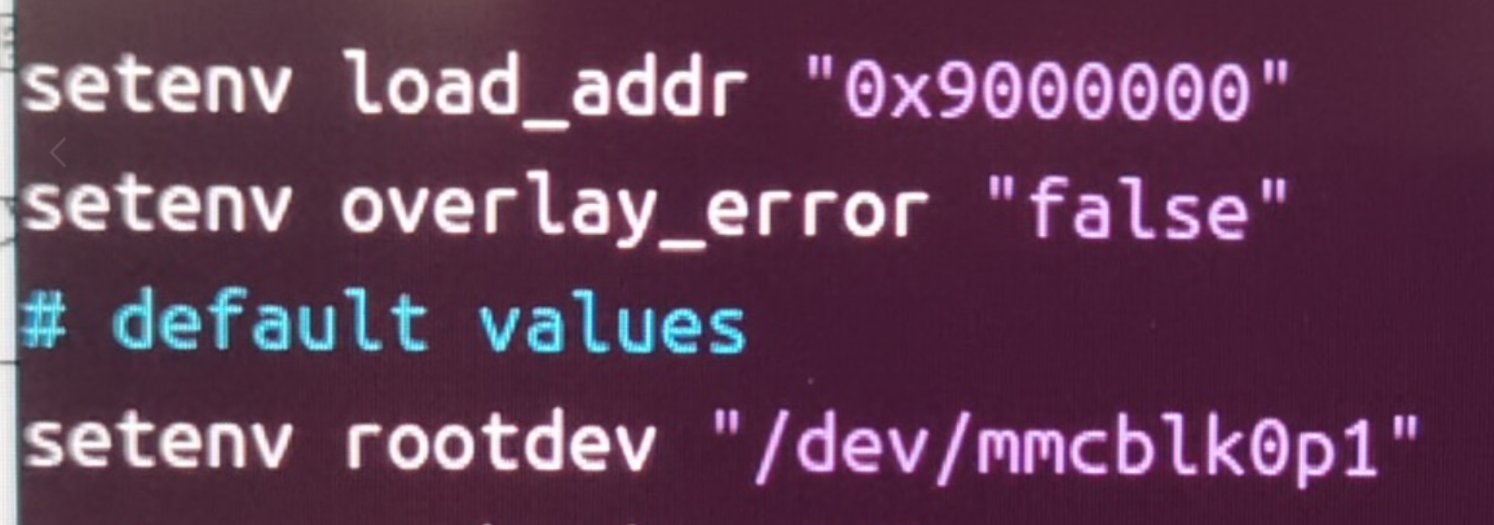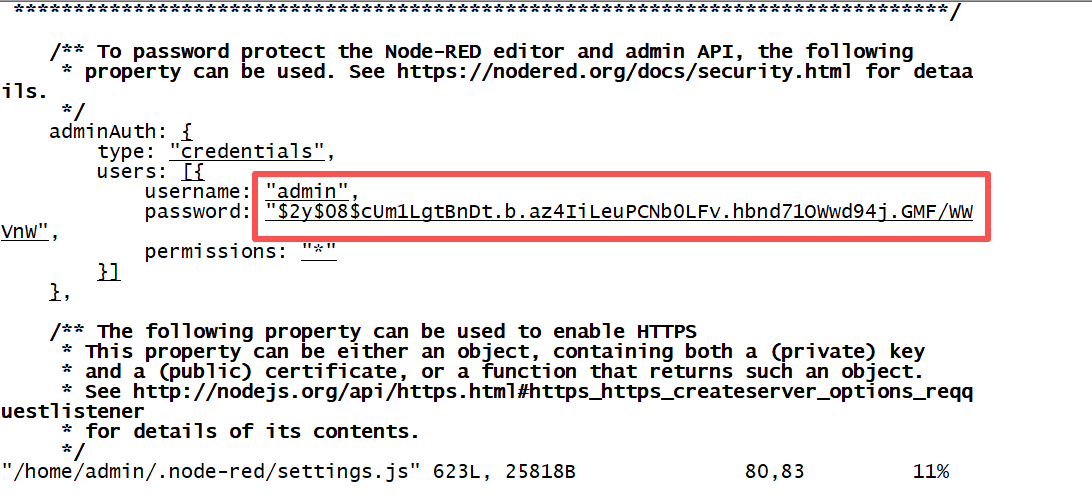git checkout 6.1.75
./build-kernel.sh arm64
The deb file will be generated in the higher-level directory of the code and copied to the machine for installation.
Forum wide moderators
git checkout 6.1.75
./build-kernel.sh arm64
The deb file will be generated in the higher-level directory of the code and copied to the machine for installation.
@petersen77
The compilation of Mesa is closely related to the DRM version, so pay attention to the version.
@Momo-0
TYPEC is only related to DTS, and the main issue with the sound card is Tinymix configuration.
@Momo-0
The official default configuration of ARMBIN's loadaddr and optee conflicts and needs to be modified to 0x200000

@petersen77
Compile and install mesa24 or higher versions.
sudo apt install motion -y
admin@cp2b:~$ ls /dev/ |grep video
video0
video1
framerate 60 //Change frame rate to 100
stream_maxrate 60 //Add configuration
webcontrol_localhost off //Support remote control
stream_localhost off off //Support remote stream
sudo systemctl start motion
sudo systemctl enable motion
sudo reboot
http://you-ip-address:8081

@petersen77
The rc.local script actually only performs simple scaling operations, which can be implemented anywhere in the system, such as creating a service yourself.
Regarding GPU issues, it is necessary to compile and install the latest version of Mesa by oneself.
| Model | Specifications | Manufacturer | Interface | Supporting Machines |
|---|---|---|---|---|
| RTL8852BE | Wi-Fi 6+BT5.2 | REALTEK | PCIe 2.0 x1、M.2 Key E | CM5-AIBOX/CM5-GENBOOK/CP3B/CP3B-HMI10 |
| RTL8822CE | Wi-Fi 5+BT5.0 | REALTEK | PCIe 2.0 x1、M.2 Key E | CM5-AIBOX/CM5-GENBOOK/CP3B/CP3B-HMI10 |
| RTL8822BE | Wi-Fi 5+BT4.2 | REALTEK | PCIe 2.0 x1、M.2 Key E | CM5-AIBOX/CM5-GENBOOK/CP3B/CP3B-HMI10 |
| RTL8723BE | Wi-Fi 4+BT4.0 | REALTEK | PCIe 1.1 x1、M.2 Key E | CM5-AIBOX/CM5-GENBOOK/CP3B/CP3B-HMI10 |
| RTL8188EE | Wi-Fi 4 | REALTEK | PCIe 1.1 x1、M.2 Key E | CM5-AIBOX/CM5-GENBOOK/CP3B/CP3B-HMI10 |
| AX210 | Wi-Fi 6+BT5.3 | INTEL | PCIe 2.0 x1、M.2 Key E | CM5-AIBOX/CM5-GENBOOK/CP3B/CP3B-HMI10 |
| AC7260 | Wi-Fi 5+BT4.2 | INTEL | PCIe 2.0 x1、M.2 Key E | CM5-AIBOX/CM5-GENBOOK/CP3B/CP3B-HMI10 |
| AIC8800-D80 | Wi-Fi 6+BT5.0 | AIC | USB2.0 | CP1B/CP2B/CP3B-P |
| MT7601-UN | Wi-Fi 4 | MediaTek | USB2.0 | CP1B/CP2B/CP3B-P |
sudo apt update
curl -fsSL https://deb.nodesource.com/setup_20.x | sudo -E bash - &&\
sudo apt-get install -y nodejs
sudo apt install npm
sudo npm install -g --unsafe-perm node-red
mkdir /home/iotts/node_red
cd /home/iotts/
sudo chmod 777 node_red
sudo docker run -d --restart always -p 1880:1880/tcp -v /home/iotts/node_red:/data --name nodered nodered/node-red
sudo nano /etc/systemd/system/node-red.service
[Unit]
Description=Node-RED
After=network.target
[Service]
ExecStart=/usr/bin/node /usr/bin/node-red
User=sa
[Install]
WantedBy=multi-user.target
sudo systemctl daemon-reload
sudo systemctl start node-red
sudo systemctl enable node-red
sudo systemctl status node-red
vim /home/admin/.node-red/settings.js
To modify the content of CredentialSecret, you need to set a key, not a login password. Save and exit.

Restart Ubuntu
sudo reboot
node-red admin hash-pw
admin@cp2b:~$ node-red admin hash-pw
Password: $2y$08$cUm1LgtBnDt.b.az4IiLeuPCNb0LFv.hbnd71OWwd94j.GMF/WVnW
Open the settings. js file, modify the content of adminAuth, and copy the string from earlier. Save and exit.

Restart Ubuntu

@petersen77
According to the following steps, theoretically all distribution versions can be launched: